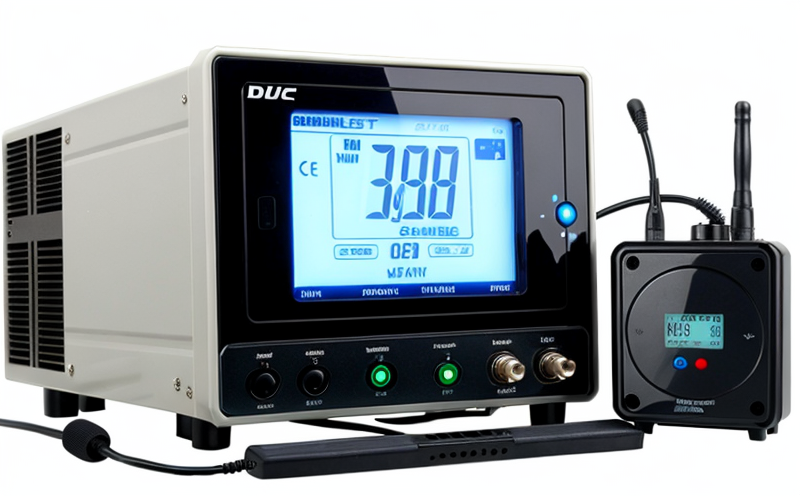IEEE 488 RF Communication Interface Testing
The IEEE 488.2-1998 standard specifies a communication interface for controlling instruments and devices in measurement applications. This standard is widely used in the electronics industry, particularly where precise control over testing equipment is required.
In this context, the IEEE 488 RF Communication Interface Testing focuses on ensuring that wireless and radio-frequency (RF) devices meet the stringent requirements set by this standard for communication between test equipment and the devices under test. The goal is to verify that the RF signals transmitted and received are accurate and reliable.
The testing process involves several key steps, including instrument setup, signal generation, modulation analysis, and verification of interface communication. This ensures that the device's performance aligns with industry standards such as IEEE 488.2-1998 and other relevant specifications like ISO/IEC 61076-3:2006.
The testing typically starts with instrument calibration to ensure accurate measurements throughout the process. This is followed by configuring the RF interface settings according to the specific requirements of IEEE 488. The next step involves generating controlled signals, which are then transmitted and received by the device under test (DUT). Signal analysis is critical here as it ensures that the DUT can accurately encode and decode these signals.
The communication between the interface and the DUT must be flawless to ensure reliable data exchange. This includes testing the interface's ability to handle various types of commands, data formats, and error handling mechanisms. The test also checks for any latency or delay in command execution, ensuring that the device operates within acceptable tolerances.
Signal modulation is a crucial aspect of RF communication, especially in wireless devices where signals can be subject to interference and signal degradation. Testing these aspects ensures that the device maintains integrity and reliability over various environmental conditions. This includes evaluating the device's performance at different frequencies, power levels, and under varying signal conditions.
The final step involves verifying the overall communication interface functionality by executing a series of predefined tests. These tests are designed to simulate real-world scenarios where the RF interface is used. This ensures that the device can operate reliably in all expected environments and applications.
Applied Standards
- IEEE 488.2-1998: Communication interface standard used for controlling instruments and devices in measurement applications.
- ISO/IEC 61076-3:2006: International standard for instrument communication interfaces, providing a framework for interoperability between different brands of test equipment.
Industry Applications
The IEEE 488 RF Communication Interface Testing is highly applicable in the development and quality assurance processes of wireless devices, such as smartphones, base stations, and other RF communication equipment. This testing ensures that these devices can communicate effectively with test equipment during R&D and production phases.
- Testing of prototypes to ensure they meet design specifications before mass production.
- Validation of final products for compliance with international standards before market release.
- Quality assurance checks during the manufacturing process to catch any issues early on.
- Evaluation of existing systems for performance optimization and reliability enhancement.
International Acceptance and Recognition
The IEEE 488 standard is recognized globally, particularly in the electronics testing community. This international acceptance ensures that devices tested under this standard are compatible with a wide range of test equipment worldwide.
- American National Standards Institute (ANSI) recognizes IEEE 488 as an industry-standard protocol for instrument control and communication.
- The European Union (EU) uses IEEE 488 as part of its harmonization efforts to ensure interoperability among different brands of test equipment.
- IEEE 488 is also widely used in Asia, where it supports the development and quality assurance processes for wireless devices manufactured for global markets.





